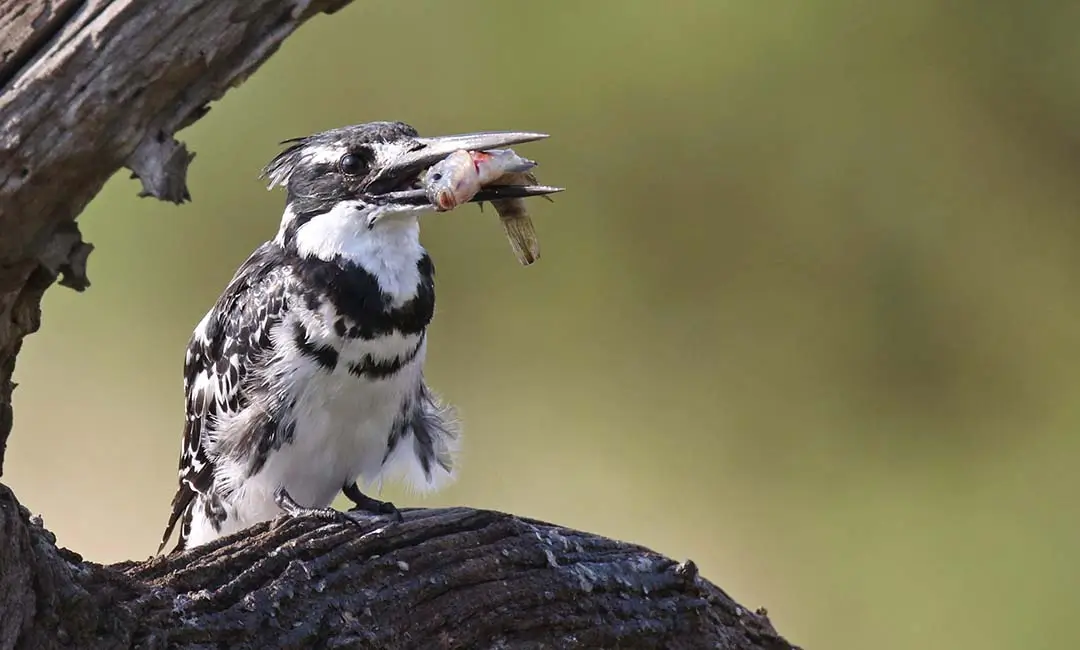
BIRDING IN
Lake Bunyonyi

BIRDING IN
Lake Bunyonyi

BIRDING IN
Lake Bunyonyi

BIRDING IN
Lake Bunyonyi
Lake Bunyonyi meaning “the place of little birds”, takes its name from the abundant birdlife that call it home. It is known as the second deepest lake in Africa with its deep end being at 900m. It's located at 1,962m above sea level; it is about 25 km long and 7 km wide. The depth of the lake is expected to vary between 44 mand 900m. This lake is also dotted with Islands and the most common ones include; the Akampene island also known as the Punishment Island, Bwana, Kyahugye, Njuyeera, Bucuranuka, Bushara.
All these Islands have got many bird species that can be enjoyed by the many bird watchers that visit the Lake. This same lake is also home to many otters, the crayfish and its bird paradise to many species of birds and lies between Kisoro and Kabale districts that are close to the border of Rwanda. All the Islands on this lake are easily accessed by a boat and some of the tourists can move from One Island to another using a boat as they keep on searching for the different bird species. As they move on the waters of Bunyonyi, they can get an opportunity of meeting some birds most especially the water birds as they play and move about the water surface.
The word “Bunyonyi” is in a local language meaning “birds” and the main reason as to why this lake was given this name is because it's a home to a very wide range of bird species. As compared to many other birding destinations within the country, This area of the lake has got over 200 bird species and some of these include; the grey crowned crane, the white tailed blue monard, the herons, the African Harrier Hawk, the egrets, slender-billed baglafetch, levillant cuckoo, levillant cuckoo, Grey shrike, Grey crowned crested crane, Hadada ibis, Swamp fly catcher, Black heron, Great cormorant, Black-headed weaver, Golden-backed weaver, Pied kingfisher, Malachite kingfisher, Streaky seed eater, Speckled mouse bird, Pin tailed whyder, Bronze manikin, Cinnamon-chested Bee eater, Bronzy sun bird, Pied wagtail, Fan-tailed widow bird, the cardinal woodpecker and many more. Apart from seeing these birds, the tourists can also take part in some other activities including the spot fishing, boat rides, cultural walks, camping, the bamboo walks that are guided trails and these have been established and are so recommended for anyone who may be looking for a long stretch, nature walks and many more. This lake can be visited throughout the year.
Our Experts are ready to provide answers
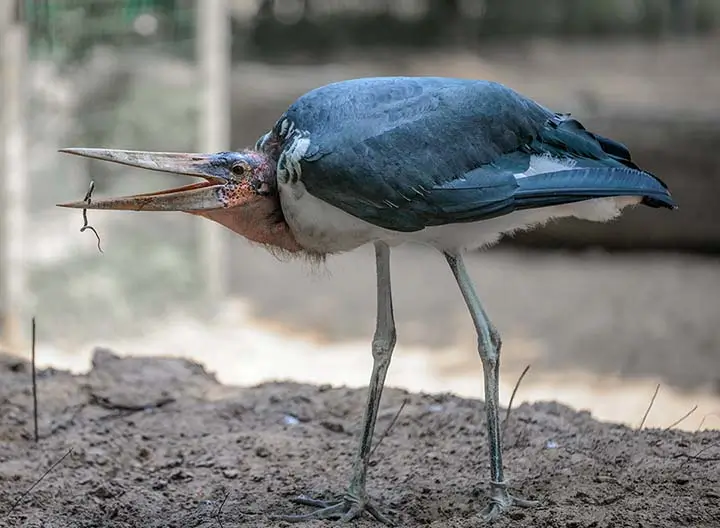
Ajai Wildlife reserve has several bird species and they include Shoebill, the Black-rumped Waxbill, Grey Crowned cranes, Marabou stocks, African fish eagles, Heuglin's Masked Weaver, Chestnut-crowned Sparrow-weaver.
Read More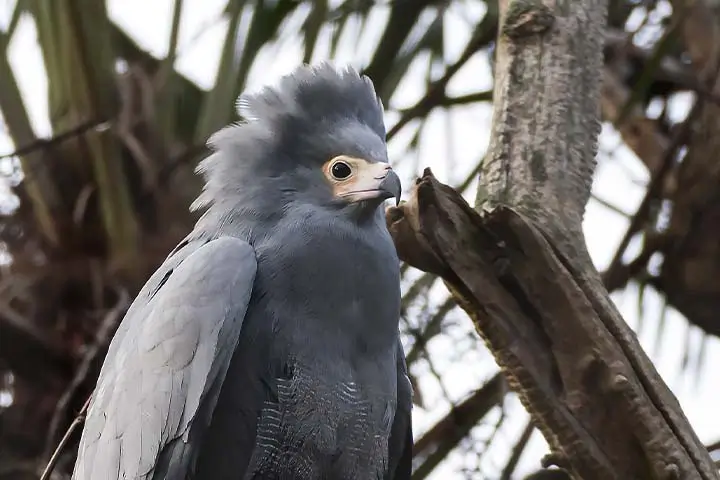
Bwindi is the Bird watchers haven as experienced bird watchers can identify up to 100 species in a day in Ruhija and Buhoma.
Read More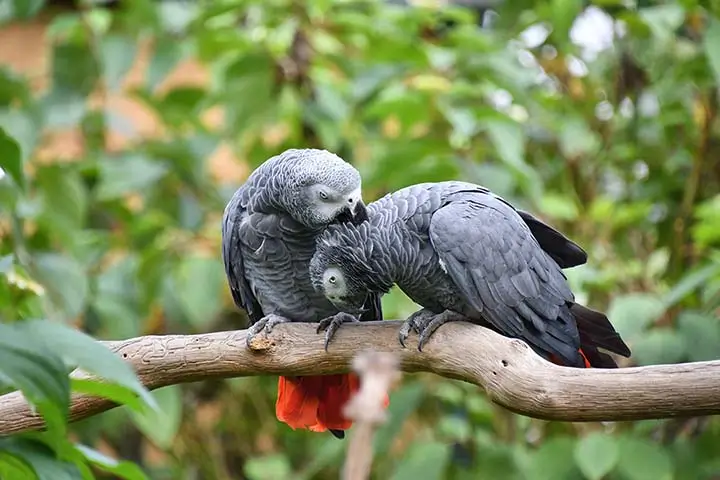
Kibale National Park has so many developed hiking/walking trails with the best birding spot being Bigodi wetland sanctuary where birders take visitors for a 4-hour walking trail.
Read More
The Apoka Rest Camp and Park Headquarters overlooking the swallow, southern Narus Valley is a grand spot to start your Kidepo birding.
Read More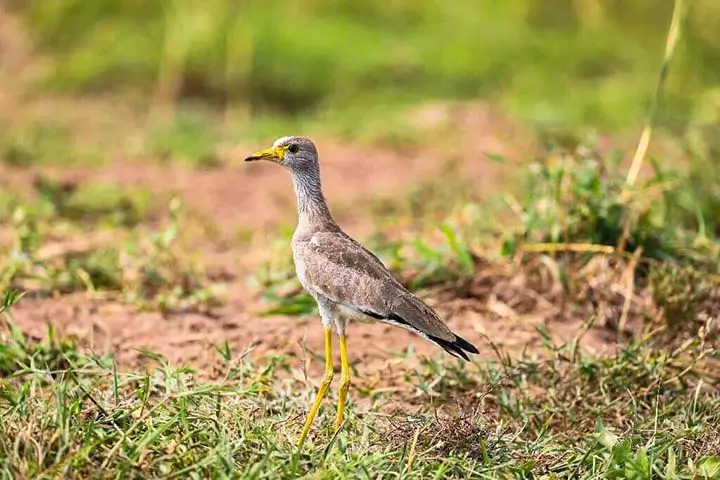
The best birding spots in the park include the swampy valleys of Warukiri and Miriti, and the roadsides between Rwonyo camp and the jetty. There are viewing platforms at the salt lick, in Miriti Valley, and in Rubanga Forest.
Read More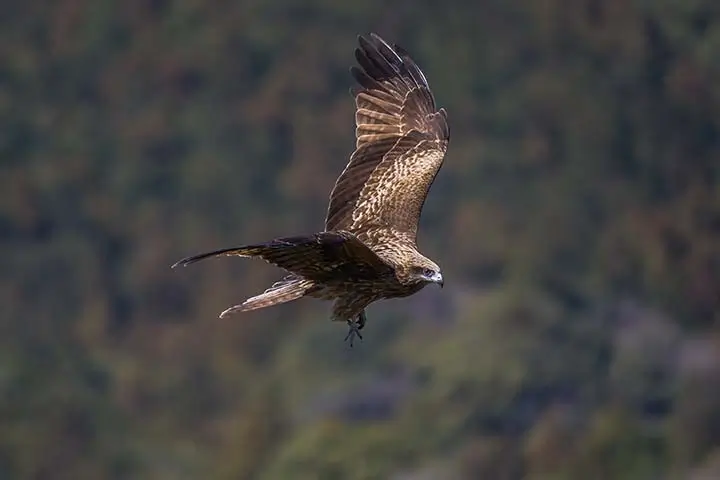
The Park is set apart with a unique bird fauna 79 bird species have been recorded within the park, including several species prevalent to the East Congo Montane region.
Read More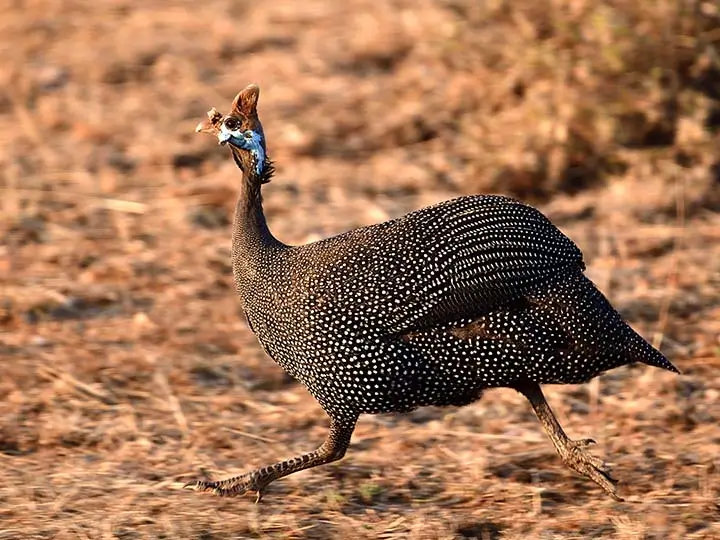
Excellent birding opportunities exist around Kapkwai Forest Exploration Centre, in particular in the secondary forest and thick shrub along the loop trails extended to cover Cheptui Falls.
Read More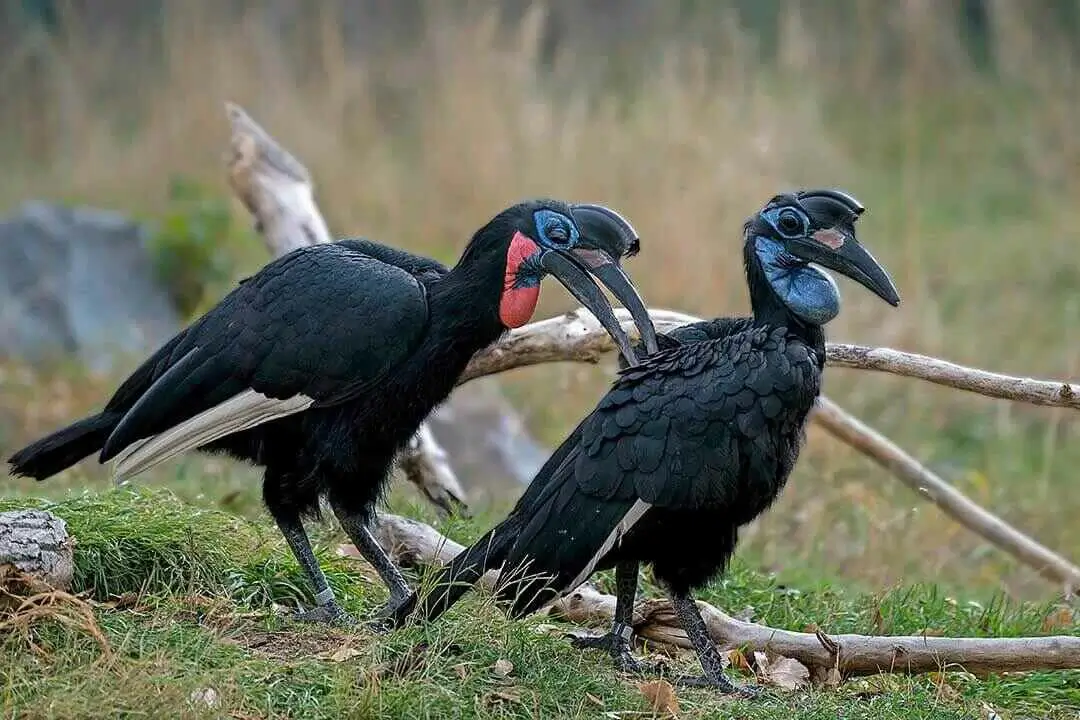
Over 500 bird species are known from the site. Falco naumanni is a passage migrant and Circus macrourus occurs on passage and in winter. Acacia woodland holds the largest known population of Agapornisfischeri, Parusfringillinus is resident and there have been recent records of Apaliskaramojae from Acacia drepanolobium woodland in the south-west of the site.
Read More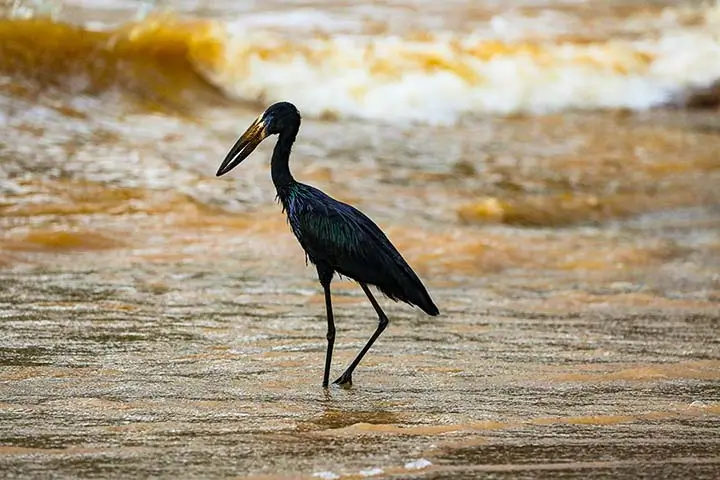
It has 611 recorded bird species in the Kazinga channel sanctuary which covers an area approximately 207kilometers.
Read More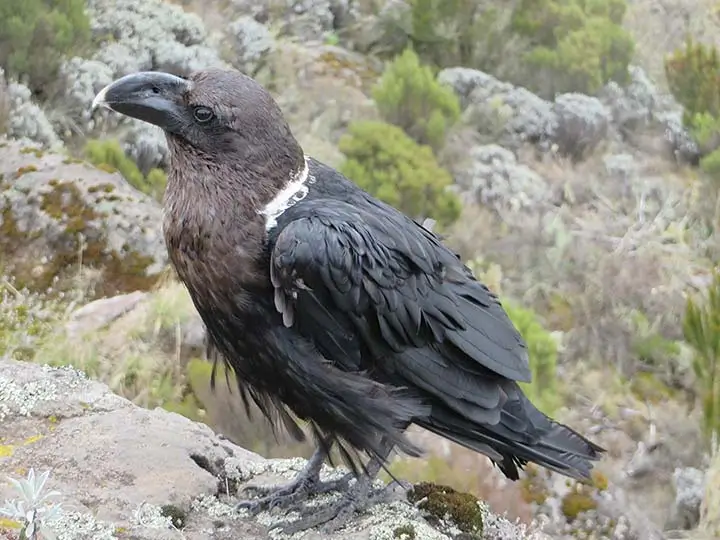
The park is one of the world's Endemic Bird Areas (EBA). There are up to 241 species of birds which is about 27% of Uganda's total. Close to 177 bird species live in the Afromontane forest and 19 species are endemic to the Albertine rift.
Read More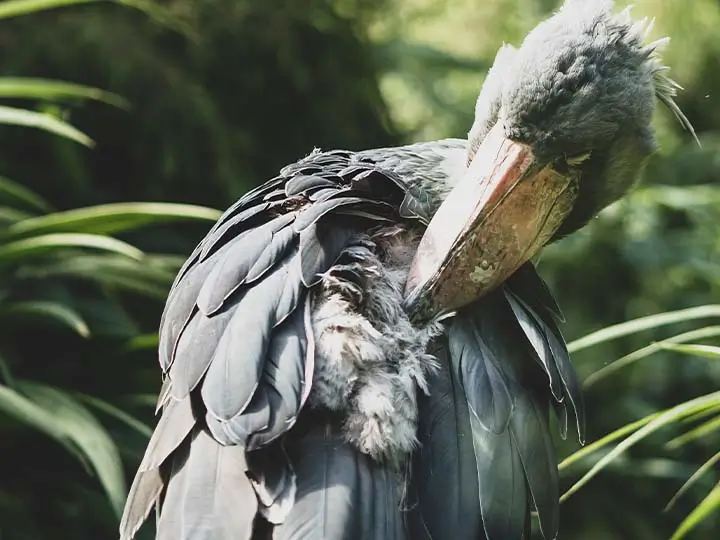
Birders who make it to Semuliki are always rewarded with some of Africa's best forest birding. Sempaya and Ntandi provide excellent viewing of the birds.
Read More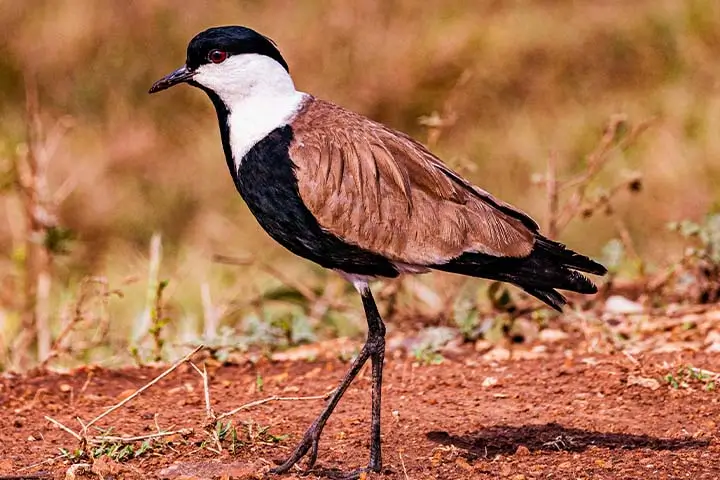
As compared to many other birding destinations within the Birding here is done near new Lutembe beach located on Entebbe road at Namulanda. The bay area has trees, marshlands, and shrubs. Early in the morning is the best time to get to Lutembe as there is a lot of bird activity.
Read More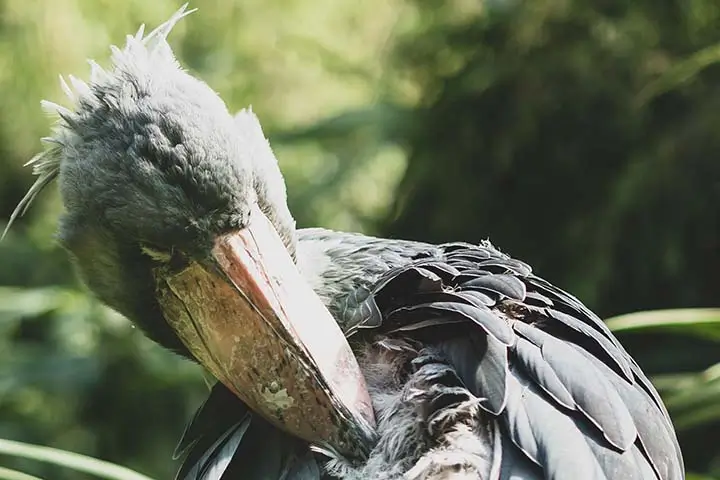
Located on the edge of Lake Victoria, Mabamba Bay Wetland is one of few places where the rare Shoebill Stork can be found. Mabamba Swamp is the most accessible and reliable with the best chances of seeing the Shoebill in Uganda.
Read More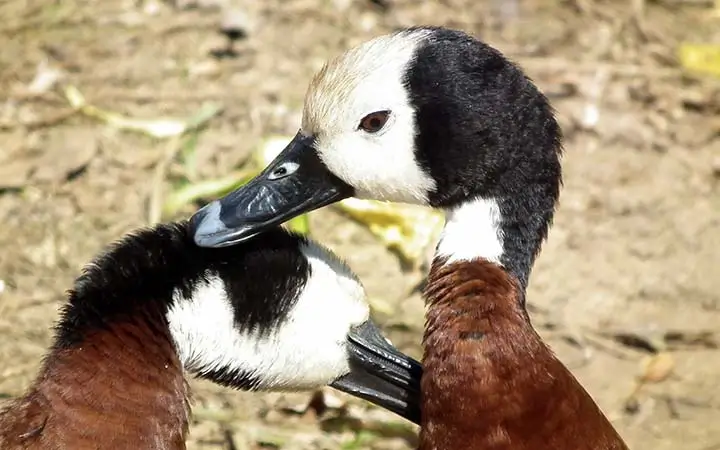
The Uganda Wild Life Authority has registered a reduction in bird species in Pian Upe, and Matheniko, Bokora game reserves due to the persistent drought that has dried up all water sources in the reserve.
Read More